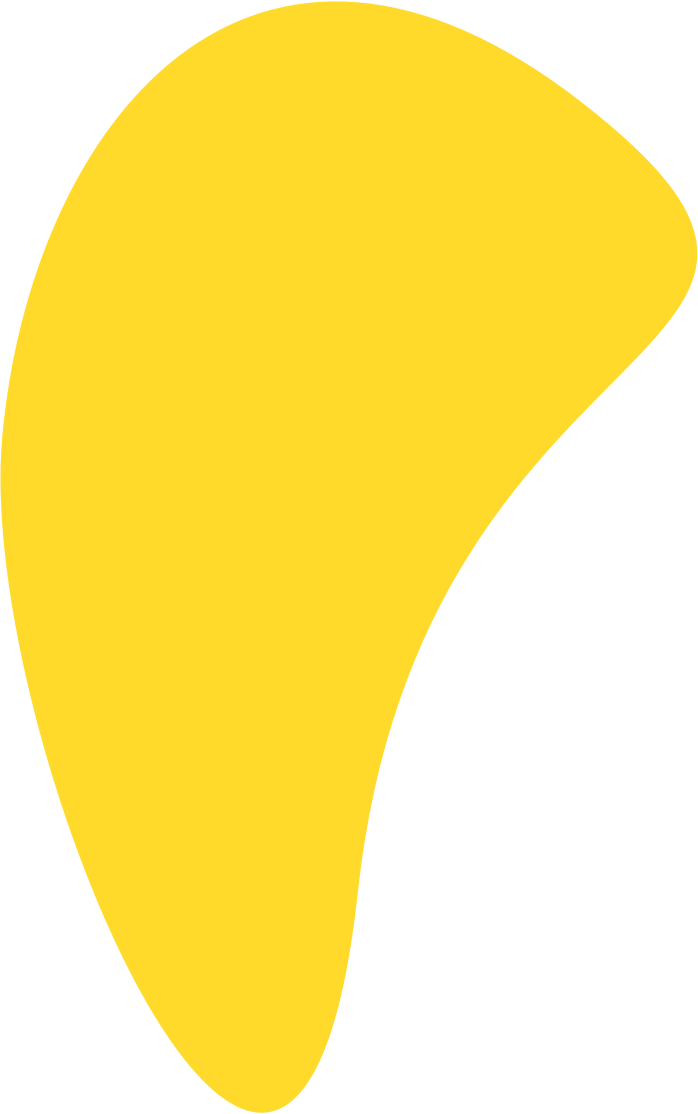
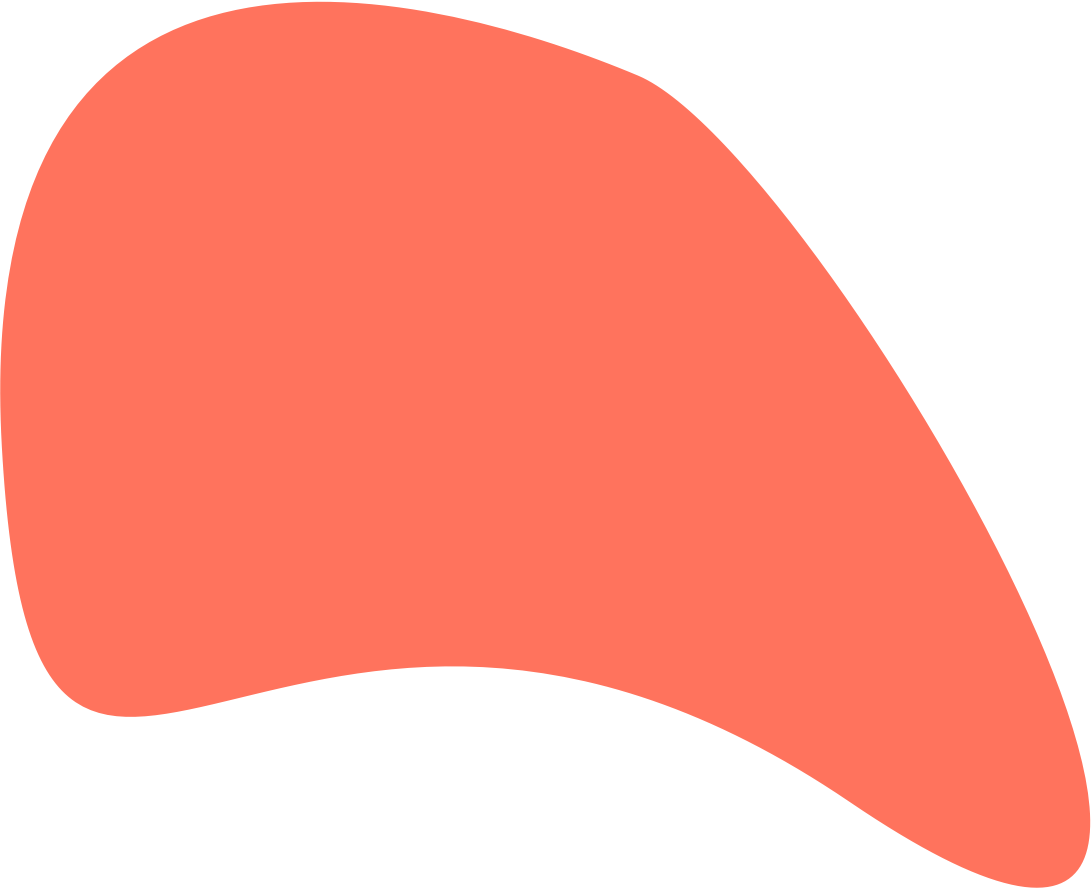
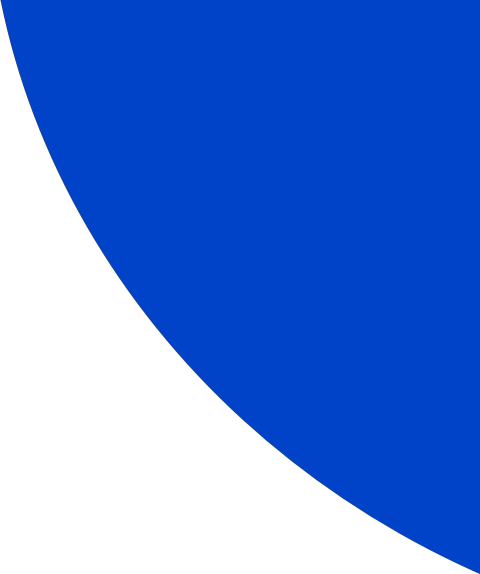
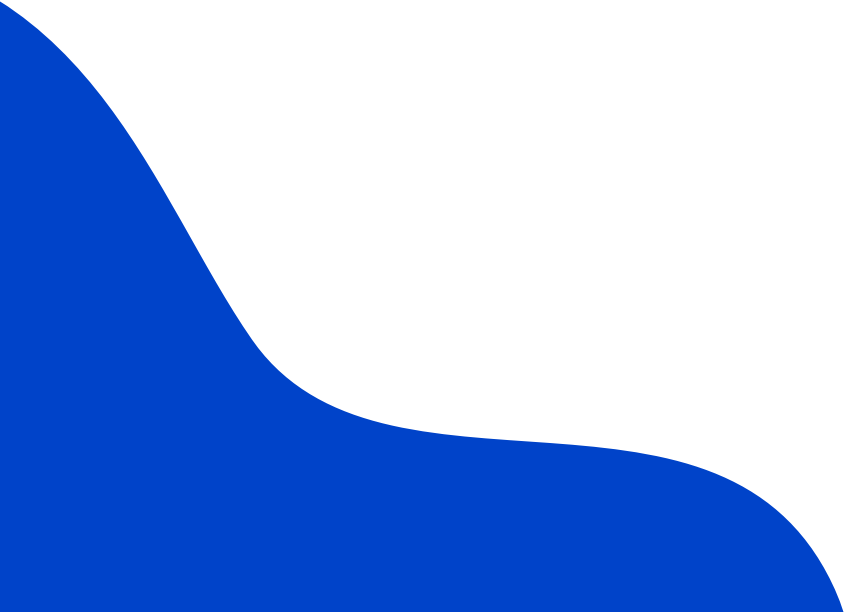
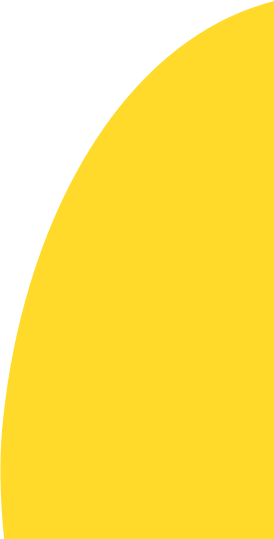
The Pirate Labs
Glossary
The ultimate list of web design and development, social media, and SEO/SEM terms that every digital marketer should know.
With the ever-growing list of digital marketing terms and acronyms, it sometimes feels as if we’re speaking in a whole other language. Therefore, we’ve put together a glossary with some of the most important terms to know. Whether you’re a newbie or a seasoned marketer, everyone could use a refresher from time to time!
The Glossary Index
-

Website Design and Development Terms
-

Social Media Terms
-

SEO/SEM Terms
Website Design and Development Terms
-
A permanent redirect that signals that the web page has been moved and transfers the visitor to a different URL that is the closest match.
-
An error that signals that the web page could not be found.
-
Website accessibility refers to the standard at which websites are usable for people with disabilities. The guidelines are outlined within the Americans with Disabilities Act.
-
A method of web development through which developers deploy each new feature as soon as it is completed. It speeds up the initial website launch.
-
An interface that allows different software programs to communicate, by making parts of the website code available to developers.
-
The server side of development that primarily focuses on the functionality of a website or application. The backend combines the server, the database, the operating system, and the software to run the website/application.
-
The software used to access the internet and display web pages.
-
An error that prevents a website from running properly.
-
A temporary storage space for data.
-
A back-end interface that makes it easier to create, edit and publish content on your website. Examples include Shopify and WordPress.
-
Small data files given from a website to a web server that records how a user interacts with a particular website.
-
The code used to designate the visual elements of a website.
-
The servers that control your domain name’s website and email settings.
-
The main URL of your website.
-
A small icon that appears in the title bar or browser tab when you visit a particular website.
-
A platform that combines tools and resources to help speed up the development process.
-
The client-focused side of development that determines what the user sees when interacting with a website or application.
-
Developers that work across the frontend, backend, and database layer of a website or application.
-
When a server allocates space for you to store and maintain your website files.
-
The programming language used to construct web pages and display text, images, videos, and links.
-
The secure protocol used to send data between a website and a web browser.
-
The process of structuring and organizing information on a website so that it is logical and easy to use.
-
A programming language used on the client-side of a website and embedded in the HTML. It is primarily used to add automation, animation, and interactivity to web pages.
-
Formal languages that developers use to build websites and applications.
-
Stores of pre-written code that developers can insert into their work to save time. For instance, the library jQuery is used with the language JavaScript.
-
The process of minimizing code in order to make the file smaller. This allows for a quicker load time.
-
An approach to website development that prioritizes the use of mobile devices.
-
When using the agile method of development, the MVP is the first version to be released. It includes the core features and functions of the product.
-
The elements of a website, such as the menu bar, that guide the visitor through the different pages of a website.
-
The software that communicates with the hardware in order to run applications on a device.
-
The length of time it takes to load content on a web page.
-
The unique layout of a web page.
-
A programming language used on the server side of a website. It can be used to send and receive cookies and encrypt data.
-
A third-party extension to a browser or CMS that adds new features and functions.
-
A programming language used on the server side of a website. It is typically used for core functionality and common programming tasks.
-
A type of website design that ensures that a website will display properly on different devices.
-
An outline of all the pages of a website.
-
A security protocol that ensures that all communication between a website and web browser is encrypted and secure.
-
The amount of data sent and received by visitors to a website.
-
The process of designing a website to build interfaces that focus on style and maximizing the user’s experience.
-
The process of developing and improving the quality of the interaction between the user and the interface. .
-
A visual guide of the website that excludes any design elements
Social Media Terms
-
A mathematical set of rules that automatically choose the order in which posts appear in your social media feed.
-
A method of interpreting data to find patterns and optimize your social media strategy.
-
The average amount of time it takes a brand to respond to a customer’s message.
-
A paid advertisement on Facebook that is designed to reach a specific target audience.
-
A customer who shares positive messages about the brand and encourages others to become customers through their personal social media channels.
-
A social media advertising metric that tells you the average amount you’re paying for each click on your ad.
-
A social media advertising metric that tells you the average amount you pay per 1,000 impressions.
-
The act of soliciting ideas, content, or services from a large group of people on a social media platform.
-
Web traffic coming from social media that is difficult to track, mainly due to shares through direct messages, email, or text messages.
-
Private messages sent to a user’s inbox on a social media platform.
-
When employees use their own social media presence to support and promote their company.
-
A social media metric that tells you how much your post is interacted with. Interactions include likes, comments, and shares.
-
The practice of targeting customers based on their geographic location.
-
A tag marked by the # symbol that connects your social media posts to other posts on the same subject and categorizes information.
-
A social media metric that tells you how many times your post has appeared in someone’s feed.
-
A social media user who has the ability to reach a targeted audience and create awareness about a brand or product.
-
Real-time delivery of content over a website, app, or social media platform.
-
A type of online advertising that shows paid content to users in a way that looks organic.
-
The technique of using a popular news story in order to boost sales and marketing.
-
A social media metric that tells you how many people have seen your post.
-
An online marketing and advertising technique that targets ads toward people who have previously visited your website or interacted with your page.
-
A method of tracking online conversations around keywords, phrases, events, your brand, your industry, and your competitors. It is typically done with a specialized software tool.
-
The process of monitoring and responding to your business’s mentions on social media. This can be done directly on the social media platform or with a specialized software tool.
-
A function on social media platforms that links users back to the profile of the featured person or business.
-
A subject, event, or hashtag that has had a sudden surge in popularity on social media platforms.
-
A person on the Internet who is known for creating controversy and disrupting online conversations.
-
Social media content that is created by consumers. Marketers typically use UGC in their social media campaigns in order to build loyalty and trust with their followers.
-
A term used to describe content that spreads exponentially on social media.
-
An online seminar or presentation on any live streaming platform that educates audiences on a particular topic.
SEO/SEM Terms
-
Text tags placed on images that provide search engines with a description of the photo.
-
The clickable text in a hyperlink to another web page.
-
A link on another website that leads to your website.
-
An umbrella term for all unethical SEO tactics that violate the search engine’s guidelines.
-
The term used to describe how search engines explore the web and keep track of all web pages.
-
Links on your website that direct the visitor to more specific pages on your site, not the main or home page.
-
Identical content on two different pages of a website. Google often penalizes websites for this.
-
A link pointing to a website from an external site.
-
A link that points to another page on the same website.
-
Words or phrases on your website that are used to trigger search results. In search engines such as Google, websites are ranked on the result page of a specific keyword.
-
The process of getting other websites to link to your website in order to improve search engine rankings.
-
Specific and longer keywords and search terms, often comprised of 3-5 words. These are used to target niche demographics.
-
A short description of the webpage in the header.
-
SEO efforts that take place off the website, such as link building.
-
SEO efforts that take place on the website, such as the use of keywords, improving site navigation, and using meta descriptions.
-
The free listings displayed in a search engine.
-
An advertising and marketing strategy through which you pay each time a user clicks through to your website.
-
The keywords typed into a search engine.
-
A small file on a website that tells search engine spiders which areas of your website are restricted for them.
-
Marketing/promoting your website in a search engine, including paying for a high spot in search engine result pages.
-
The process of optimizing your website to increase visibility in search engines.
-
The page that is displayed after typing something into the search bar in a search engine.
-
Keywords that are short and general. They usually consist of 1-2 words.
-
The end of a URL that is made up of keywords with dashes in between them.
-
A software created by a search engine that crawls the web to collect information on every web page in order for the search engine to rank and index them.
-
SEO practices that are in line with the search engine’s guidelines.
Learn More
- Website Design & Development Terms
- Social Media Terms
- SEO/SEM Terms
View our Recent Work
Our relationships create a lasting impact on people and their lives every day.

A Custom design increased conversions 25%

A Custom design increased conversions 25%
How we grew a million
dollar company
READ THE CASE STUDY

A Custom design increased conversions 25%

A Custom design increased conversions 25%
We’ve proudly worked with





